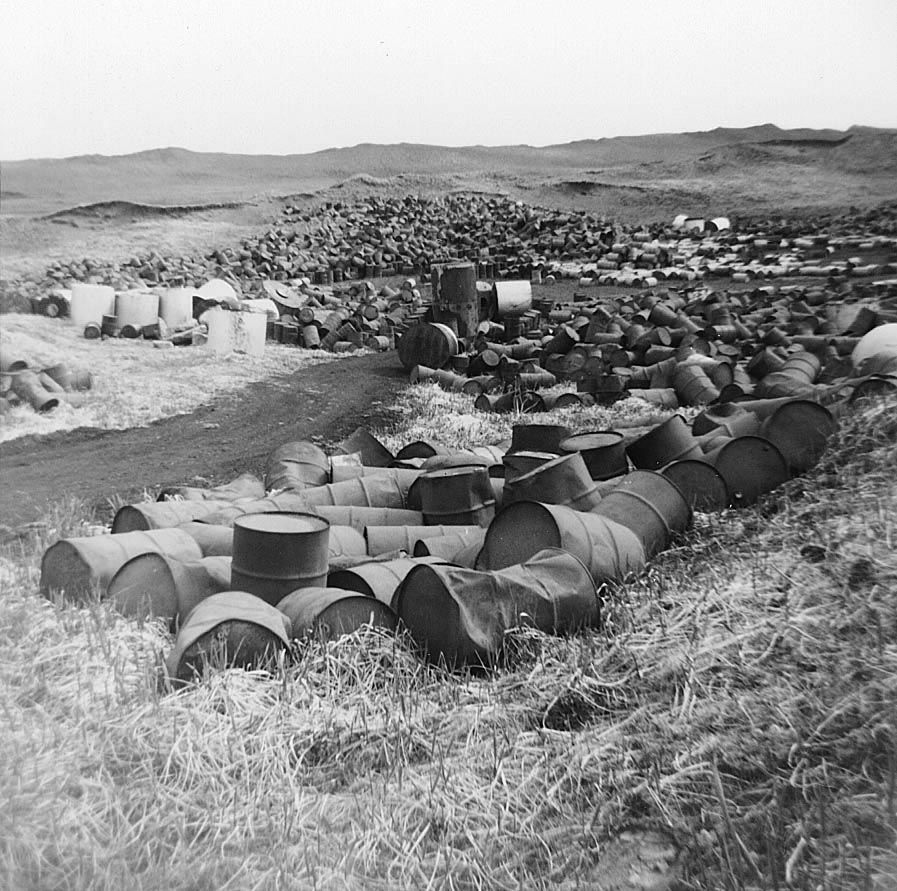Hazardous waste is one of the most regulated arenas within environmental compliance. Many industries and service providers utilize chemicals in their processes and the disposal of these materials is what creates hazardous wastes. Proper disposal is an important part of ensuring the cleanliness of our waters, soil, and air. Hazardous wastes are dangerous to the environment and human health–they are materials that are flammable, corrosive, toxic, reactive or listed in the Resource Conservation and Recovery Act (RCRA) regulation.

RCRA was created in the 1976 after an EPA investigation into indiscriminate disposal of hazardous waste throughout the United States. In the summer of 1978 Love Canal, one of the most famous environmental disasters, was discovered. The canal was located in upstate New York and used for discarding chemicals from 1920 to 1953. After 33 years of dumping, this area was severely contaminated with over 200 chemicals, many of which were incompatible, ultimately resulting in an explosion.
As a result of Love Canal and other environmental incidents, today hazardous waste mismanagement has serious financial and criminal consequences. These regulations give companies liability for managing hazardous wastes from the time it is generated (cradle) until after final disposition (grave)–each hazardous waste is tracked by a document called a manifest.
This discussion points to the importance of properly managing hazardous waste and leads to the question of how to identify a hazardous waste? There are several questions that will provide a definitive determination—most answers can be found on the Material Safety Data Sheet (MSDS) for the material.
- Does the material have a flashpoint below 140 degrees Fahrenheit?
- Is it a non-liquid capable of causing fire through friction, absorption of moisture or spontaneous chemical change?
- Is it defined by the Department of Transportation (DOT) as an oxidizer or compressed gas?
- Does it have a pH below 2 or above 12.5?
- Is the material reactive (a material that can cause explosions, undergo violent reactions, generate toxic fumes, gases, or vapors or explosive mixtures when heated, compressed, or mixed with water)?
- Is it toxic (meet or exceed limits specified in the regulation)?
- Is it listed on the F, K, P or U lists of the RCRA regulation?
- Is the material a waste residue?
- Is it a mixture that includes a hazardous waste?
- Is it an acutely hazardous waste?
If the answer to one or more of these questions is yes, then you have a hazardous waste. Each waste generated at a facility has to be evaluated—some facilities generate hundreds if not thousands of wastes—indicating the need for a systematic process for waste characterization. In our approach we create and document waste determinations for each material to ensure that wastes are properly characterized and disposed.
Do you have questions about identifying hazardous waste or best practices you can share? If so add a comment to this post.


8 thoughts on “What is Hazardous Waste?”
Comments are closed.